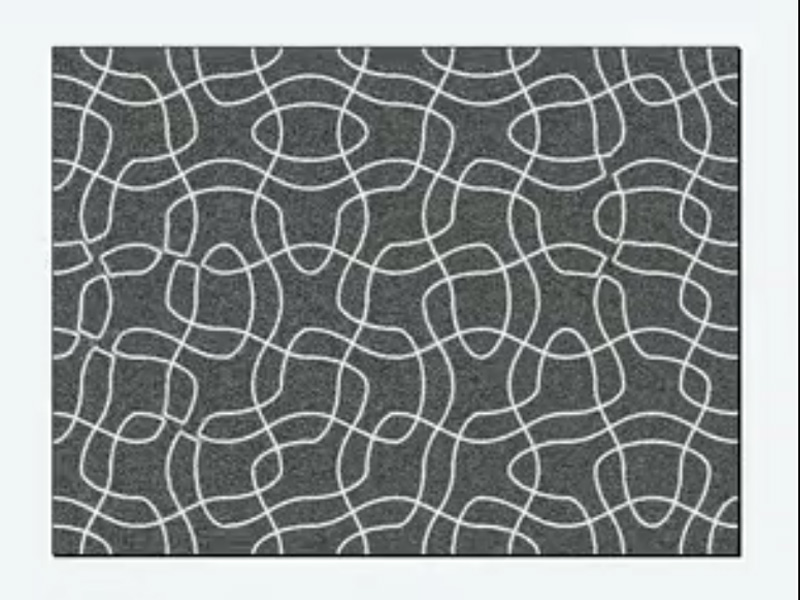Artist Biography
Paul Brown is an artist and writer who has specialised in art, science & technology since the late 1960’s and in computational & generative art since the early 1970’s. Early in his career, he created large-scale lighting works for musicians and performance groups like ‘Meredith Monk and the House Company’, ‘Musica Elettronica Viva’, ‘Pink Floyd’ and ‘The Theatre of Mixed Means’. He has since established an international exhibition record and has created both permanent and temporary public artworks. He has work in the collections of the Victoria & Albert Museum in the UK, the National Academy of Sciences in Washington DC, USA and many other public, corporate and private collections in Australia, Asia, Europe, Russia and the USA. During 2000/2001 he was a New Media Arts Fellow of the Australia Council when he began a 22-year period as artist-in-residence and visiting professor at the Centre for Computational Neuroscience and Robotics at the University of Sussex in Brighton, England. In 2023 he received the ACM/SIGGRAPH Distinguished Artist Award for Lifetime Achievement in Digital Art.




